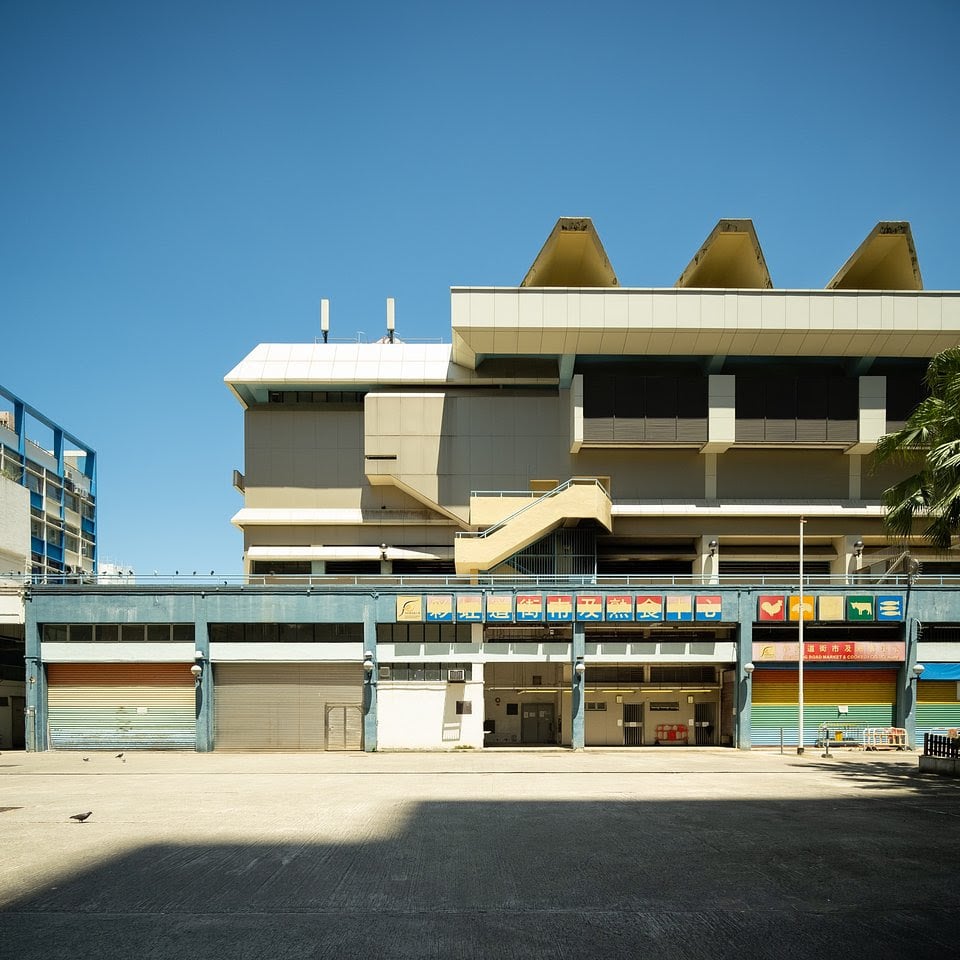Projecting Future Heritage: A Hong Kong Archive

Evento Collaterale della Biennale Architettura di Venezia.
Comunicato stampa
Hong Kong to Celebrate Its Unsung Public Infrastructures at the 2025 Venice Biennale
This more fascinating Hong Kong is not found in its dazzling skyscrapers that overlook old junk boats crossing Victoria Harbor, in its open-air dai pai dong where global financiers in bespoke suits eat lunch at plastic tables, or in the nostalgic images of neon-drenched Kowloon streets.
Rather, this city is found in places the world does not often look: in the extraordinary but unsung public infrastructures that make Hong Kong the singular urban miracle that it is. These infrastructures that have shaped the city in the early postwar decades will be showcased in "Projecting Future Heritage: A Hong Kong Archive," Hong Kong's official exhibition at the Biennale Architettura 2025. The exhibition will reveal how the city's often-overlooked architectural and urban achievements have for decades fulfilled the pressing mandates that cities around the world now face, like combatting climate change, managing extreme density, and maintaining a cultural life for citizens in shared public spaces.
Responding to Chief Curator Carlo Ratti’s biennale theme “Intelligens. Natural. Artificial. Collective”, the exhibition curators Fai Au, Ying Zhou, and Sunnie S.Y. Lau will highlight the collective intelligens of Hong Kong’s public infrastructures that represent the city’s shifting paradigm. The selected projects include composite buildings, estate centres, market complexes, and public housing—structures designed by local architects that are little documented, studied, or shared internationally. Many of these, including vernacular villages, are on the brink of redevelopment or already closed down, making them the sole specimens of Hong Kong’s future heritage.
With the premise of cataloguing these representations of the recent past, the exhibition is designed in two distinct portions of the Campo della Tana in Venice: the outdoor courtyard and the former warehouses. Inside the warehouse spaces, visitors will engage with archaeological documentation of an urban cosmology: measured drawings, scaled models, photographs, diagrams, texts, artefacts, and ephemera. On opening the sets of archival drawers, they will discover academic research on the future heritage of Hong Kong.
The site itself is reminiscent of the ancient craft of making ropes used in ships, located within the Venetian Arsenale—the world’s largest pre-modern industrial complex. To underline this connection, the exhibition brings the shifu, or Hong Kong’s bamboo masters, to construct a bamboo scaffold in the outdoor courtyard. Bamboo scaffolding is an ubiquitous—though now embattled—part of Hong Kong and its circular economy, where some built between the post-war era to the turn of the millennium are already slated for replacement. Choreographing the courtyard as a space for a projective future, the temporary scaffold will frame the rich history of Campo della Tana, as well as serve as a backdrop to juxtapose the entrepot cities of Hong Kong and Venice in their shared precarity between the natural and artificial.
The exhibition is jointly organised by The Hong Kong Institute of Architects Biennale Foundation (HKIABF) and Hong Kong Arts Development Council (HKADC), with The Hong Kong Institute of Architects (HKIA) as partner. The HKIABF is seeking funding support from the Cultural and Creative Industries Development Agency (CCIDA) for the exhibition.



